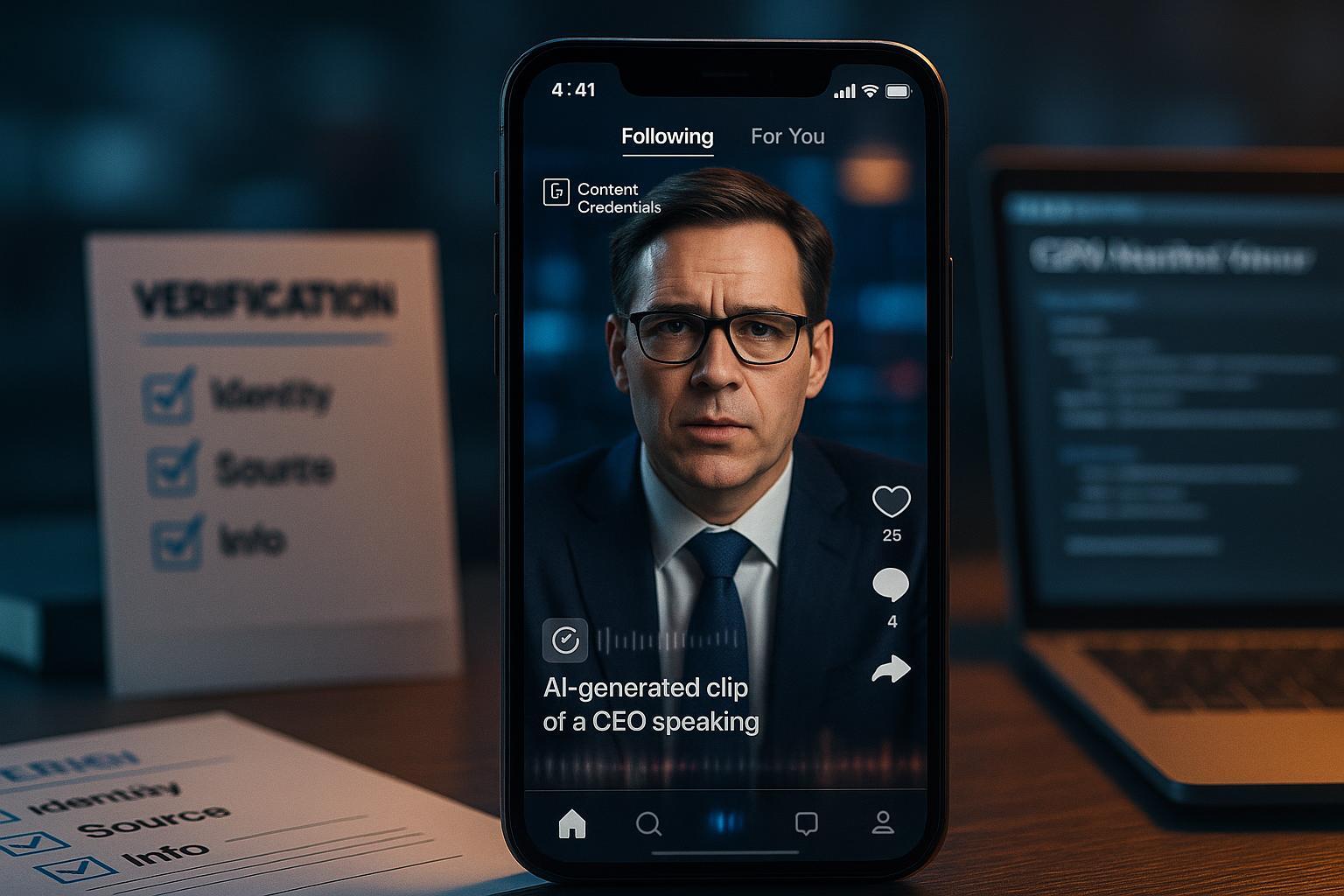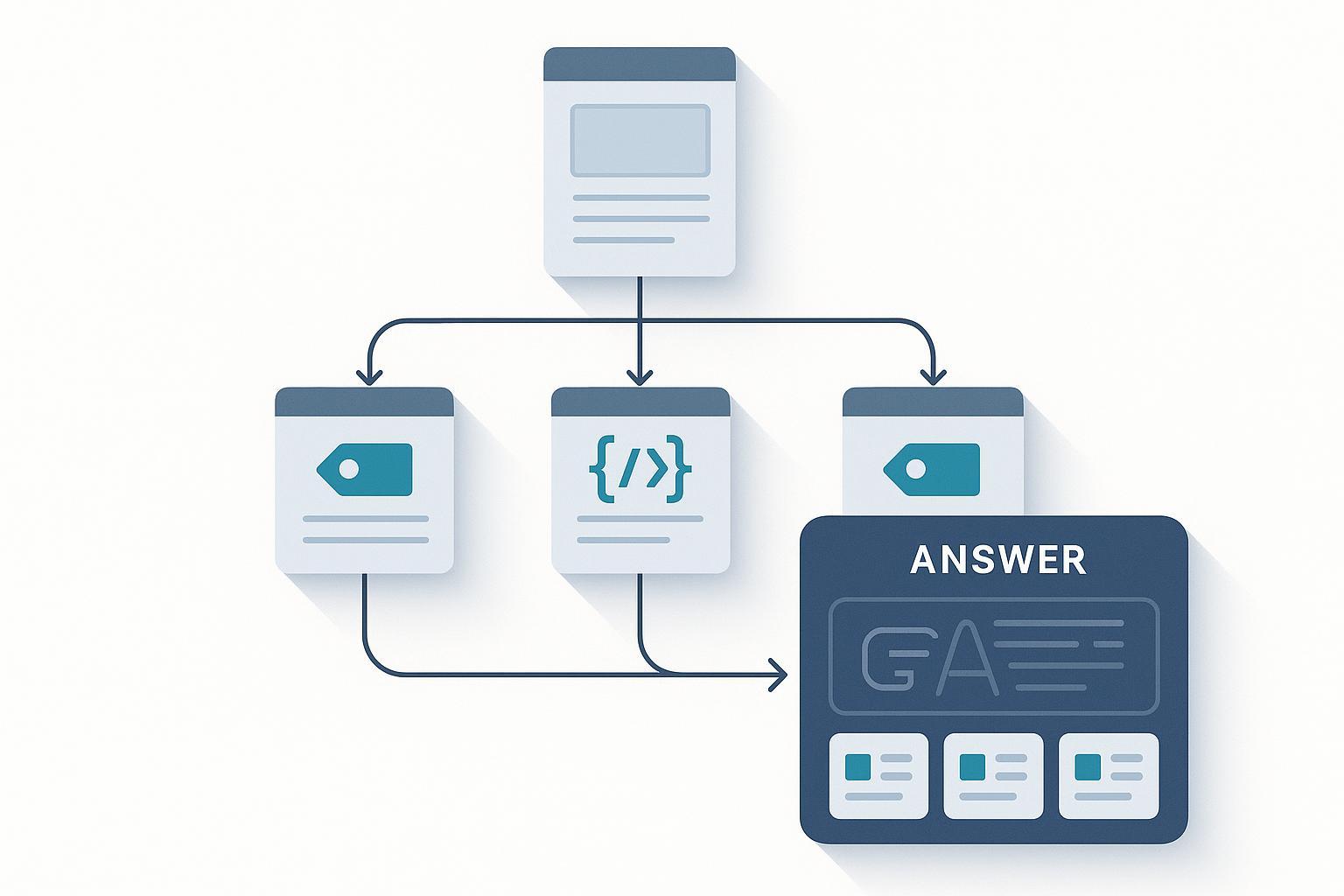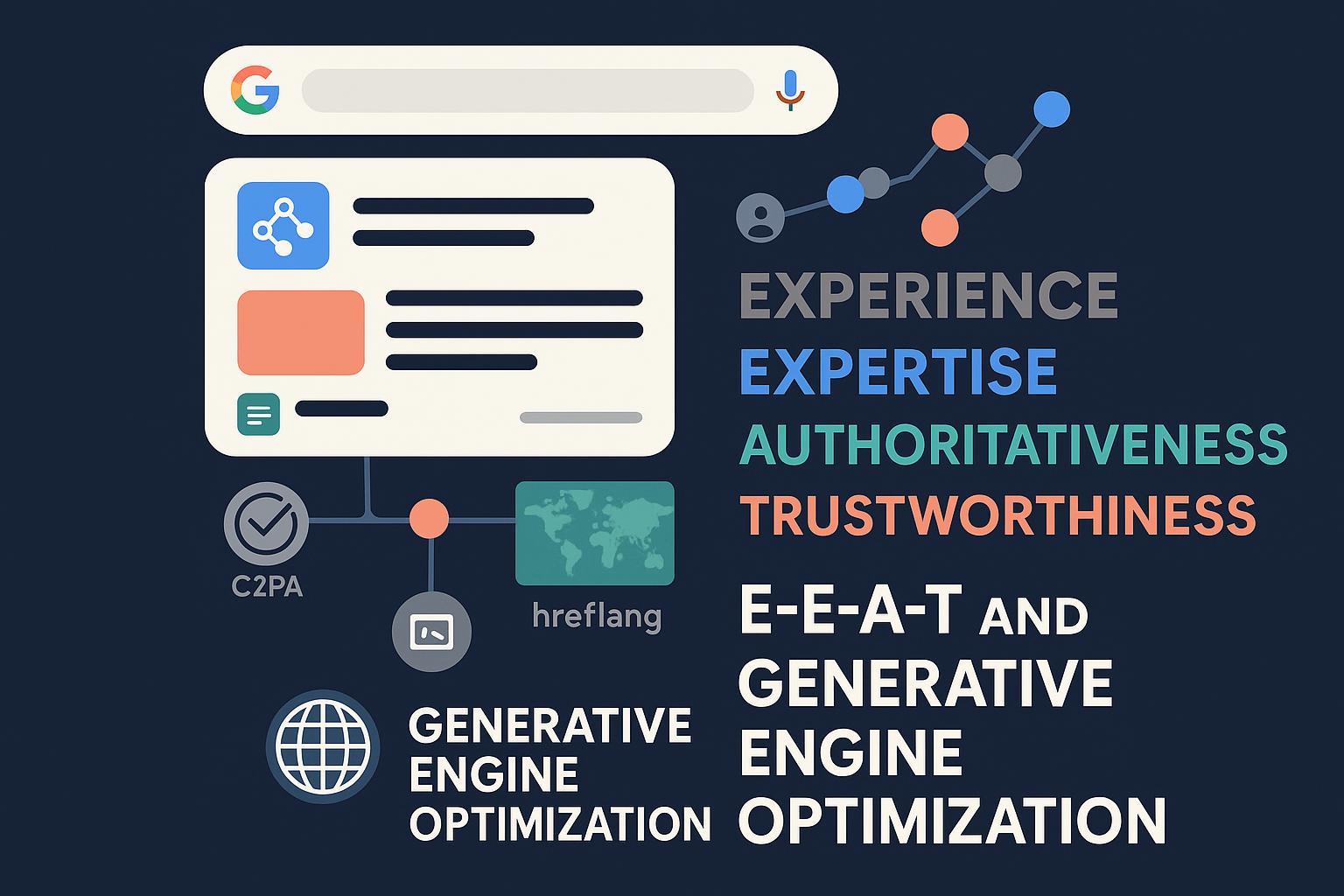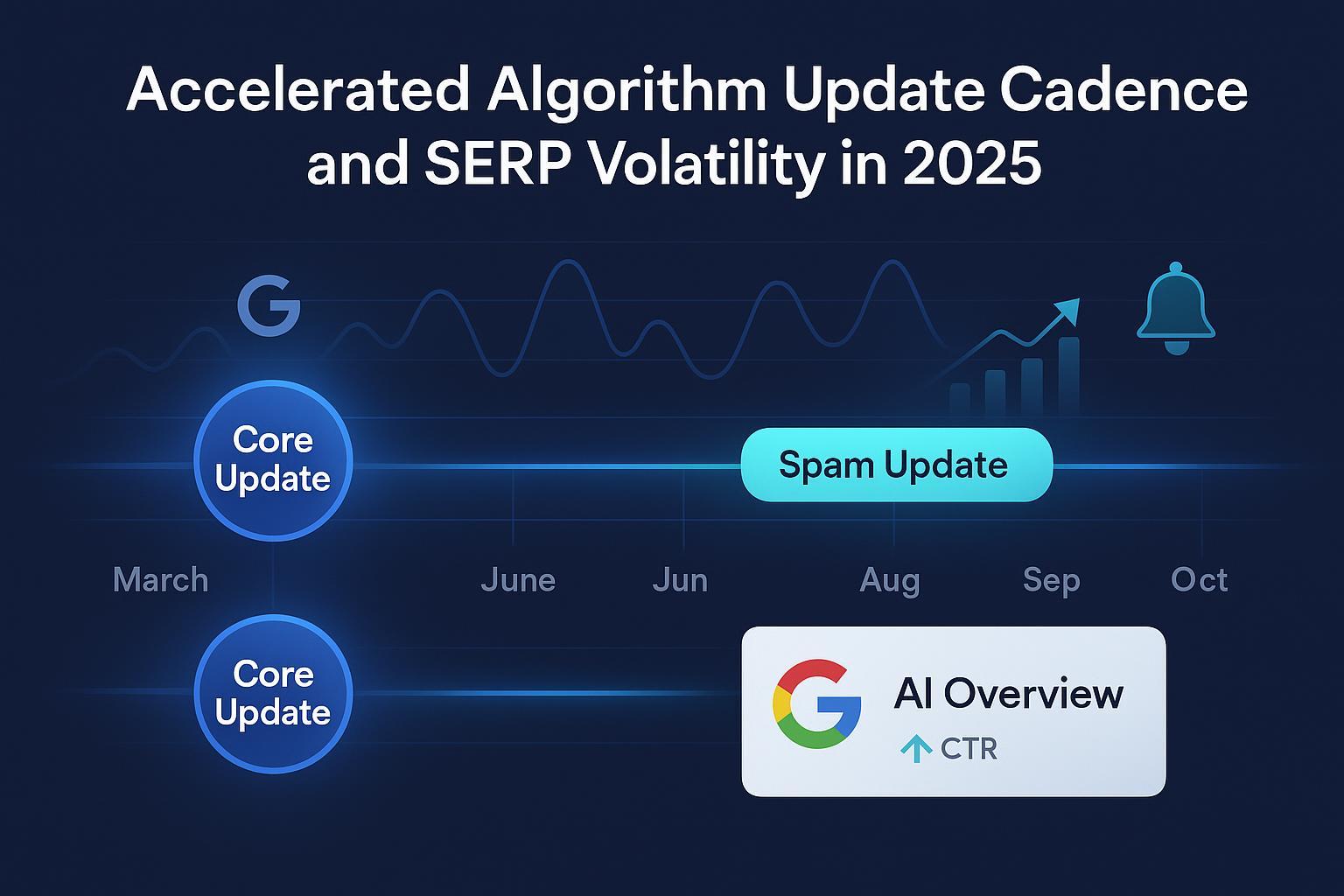Sora 2 Deepfake Risks: Realism & Authenticity Challenges (2025)
Sora 2’s ultra-realistic video raises deepfake and authenticity risks. Learn proven verification workflows, C2PA adoption, and urgent action steps.


OpenAI’s Sora 2 arrived at the end of September 2025 with a sharp leap in realism—more accurate physics, multi-shot consistency, and synchronized audio—backed by a new social app rollout. OpenAI describes the model’s fidelity and guardrails on the official Sora 2 page and System Card; the app context and early adoption have been covered by TechCrunch’s reporting on the invite-only Sora app. This combination compresses the detection window for deceptive clips: what once looked “off” now sounds and moves convincingly, demanding stronger, provenance-first verification.
According to the OpenAI team’s launch notes in the Sora 2 System Card (2025), Sora outputs carry visible watermarking on first‑party downloads alongside provenance signals across their products, and access is staged with stricter moderation. The immediate implication for brands, newsrooms, and platforms is clear: shift from trying to “spot the glitch” to establishing the origin of media before amplification.
Why this matters right now
Sora 2’s realism plus synchronized audio narrows the gap between generated and captured footage. In fast social feeds—especially with a dedicated Sora app—persuasive synthetic videos can spread before human review catches up. OpenAI’s official launch overview emphasizes improved world modeling and higher-fidelity following of user direction, which raises the bar for casual visual detection and forces verification teams to prioritize provenance checks.
At the same time, early coverage of the app’s viral dynamics underscores moderation pressure. TechCrunch’s October 2025 pieces show rapid install growth and highlight the risk of identity‑based deepfakes surfacing in nascent feeds—illustrating why robust authenticity signals and withholding publication when provenance fails are essential during breaking events.
Provenance is primary: C2PA and Content Credentials
In 2025, the provenance stack matured well beyond concept. The C2PA 2.2 Specification (2025) formalizes how capture devices and software can sign and preserve Content Credentials—cryptographically-backed metadata that travels with images and video through the editing pipeline and delivery. Meanwhile, the Content Authenticity Initiative reports momentum across devices and workflows.
Device-level support matters because it reduces gaps in the chain-of-custody. Google’s Security Blog announced in September 2025 that Pixel 10’s Camera and Photos support C2PA Content Credentials, achieving an assurance level for trusted capture and helping preserve signed provenance through edits. For brands and newsrooms, this means you can instrument your capture and post-production stack to produce verifiable media by default.
- Refer to OpenAI’s official materials for capabilities and provenance details: Sora 2 overview (OpenAI, 2025) and Sora 2 System Card (OpenAI, 2025).
- For app context and safety signals, see TechCrunch’s coverage of the Sora app launch (2025).
- On provenance standards and device adoption: C2PA 2.2 Specification (2025) and Google Security Blog: Pixel 10 supports Content Credentials (2025).
Practical response workflows
Here’s a pragmatic triage and incident response approach teams can run today.
- Provenance-first verification
- Check Content Credentials (C2PA) using a verifier; confirm signing entity, capture device, and edit history. For Sora-originated media, look for visible watermarking when downloaded via first-party products, as noted in OpenAI’s System Card (2025).
- Preserve provenance headers and manifests through your editing tools and CDN; avoid operations that strip metadata.
- Forensics and behavior checks
- Audit EXIF/XMP where present; compare audio transcript timing against lip movement; test physics/plausibility in edge frames. Escalate to enterprise detectors when stakes are high.
- Cross-source corroboration and chain-of-custody
- Contact the origin account; seek corroboration from trusted institutions; record hashes and create an evidence log. If provenance fails or conflicts, withhold publication and mark content for internal review.
- Incident response and distribution controls
- File takedowns/report under platform synthetic media policies; freeze amplification on owned channels; coordinate with legal and trust & safety.
- Monitor AI answer engines for narrative drift and misattribution during the incident. Tools like Geneo can be used to monitor your brand across ChatGPT, Perplexity, and Google AI Overview and provide sentiment and history to track recovery. Disclosure: Geneo is our product.
- Show stakeholders what monitoring outputs look like by referencing an example AI visibility report and consider ongoing sentiment analysis of brand mentions to quantify impact.
Timely risk scenarios to prepare for
- Executive impersonation with synchronized speech: convincing CEO “video memos” that trigger payment or access changes.
- Product harm hoaxes with multi-shot continuity: realistic scenes that appear to show defects or misuse.
- Breaking news pressure: newsroom teams facing viral Sora clips in the app feed; prioritize provenance and withhold when signals are absent.
What to do now
- Enable Content Credentials end‑to‑end: instrument capture (supported devices/apps), post‑production tools, and CDN delivery to preserve provenance.
- Build and train a verification runbook: provenance-first checks, forensic audits, cross-source corroboration, and decision gates.
- Update disclosure and labeling SOPs for synthetic media on all platforms; ensure watermark/policy compliance for Sora outputs.
- Integrate answer engine monitoring into incident response to correct synthetic narratives and measure recovery.
Sora 2 is a breakthrough in generative video realism, but authenticity doesn’t have to be a casualty. Provenance-by-default and disciplined verification keep trust intact while allowing creative experimentation. If your team needs structured monitoring during incidents, you can include AI answer engine tracking as part of your playbook.
Soft CTA: If you’re formalizing your incident response for synthetic media in 2025, consider adding neutral, privacy‑respecting monitoring to your stack to detect and correct narrative drift across AI engines and social feeds.




